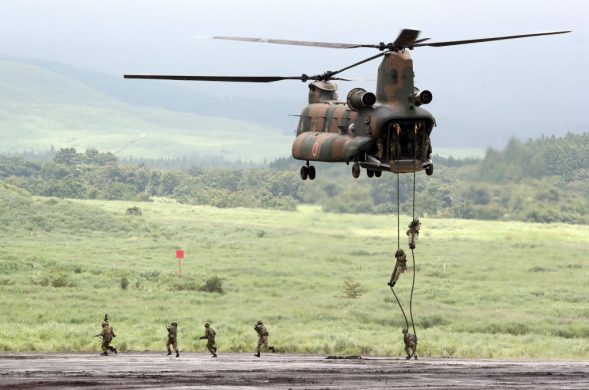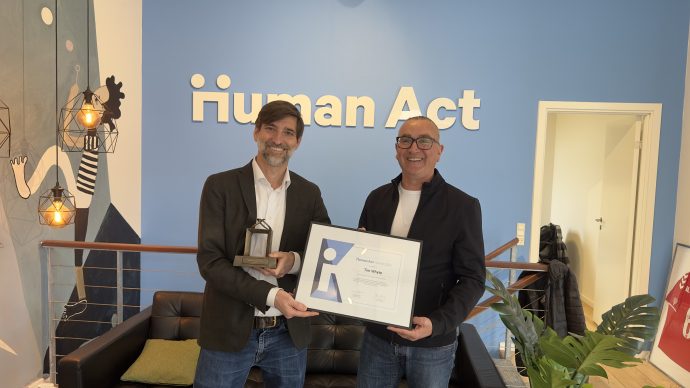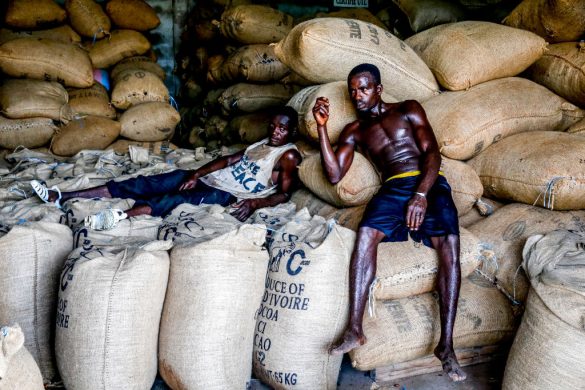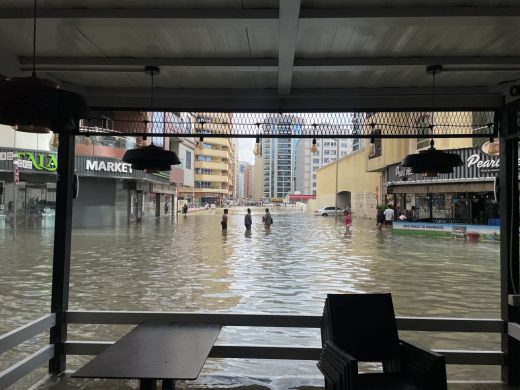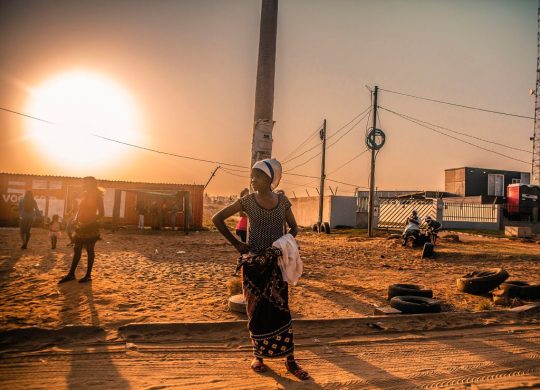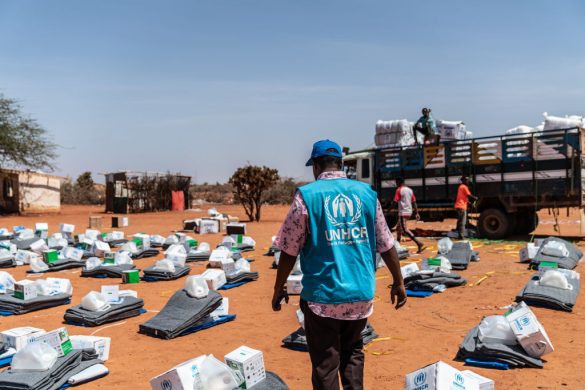Every year the World Risk Report (WRR) and its World Risk Index (WRI) analyze the exposure and vulnerability to natural hazards of over 170 countries, in order to assess the drivers and hotspots of disaster risk. UNU-EHS publishes the report jointly with Bündnis Entwicklung Hilft and in cooperation with the University of Stuttgart.
Fact 1: Disasters and disaster risk are on the rise worldwide
Over the last few decades, the world has experienced an increasing number of catastrophic earthquakes, tsunamis, floods, storms and droughts.
This trend is expected to continue as climate change increases the frequency and severity of extreme weather events.
As the number of disasters rises, it is crucial to analyze the spatial and temporal patterns of disaster risk and understand what is influencing them. The WRR and WRI were conceived as a way to better understand disaster risk and its underlying drivers.
By looking not only at exposure but also at vulnerability, the WRI captures the global patterns of disasters in a quantitative manner to identify where and why disasters are most likely to occur. This information is then combined with a qualitative analysis of the key factors that lead to disasters.
Fact 2: There is no such thing as a natural disaster
Disasters are not natural per se. A disaster occurs when natural hazards (e.g. floods, storms, etc.) hit a highly vulnerable society.
Vulnerability results from the complex interplay of social, economic, environmental and governance-related factors, such as the quality of public infrastructure, poverty and inequality, the availability of medical services, the level of education or the availability of insurance schemes that might help people cope with economic losses.
For example in January 2010 a 7.0 magnitude earthquake hit Haiti claiming 160,000 lives, just months later an 8.8 magnitude earthquake hit Chile, and while more than three million people live within 200 km of the epicenter, there were only 562 casualties.
This discrepancy in casualties can be explained by Haiti’s higher vulnerability, due to issues such as a lack of building regulations and ineffective disaster management.
The WRR attempts to raise awareness that to a certain degree disaster risk can be mitigated, and that the focus needs to switch from emergency response to prevention and preparedness.
Fact 3: Infrastructure is a key risk factor
Infrastructure can be decisive in determining the impact of disasters. Countries and their economies depend on critical infrastructure such as communication and transportation systems, power plants and public institutions to function.
Therefore, any damage or destruction they suffer can have far ranging effects, often way beyond the actual reach of the natural hazard. Infrastructure can influence how well a society copes in the aftermath of a disaster.
The availability of high-quality transportation infrastructure, such as roads, airports and railways means that humanitarian aid can be brought into the country and quickly distributed to those in need.
However, this infrastructure, which is critical for emergency response and relief aid, is often located in low-elevation coastal zones or along rivers, making them highly exposed to natural hazards.
Next to physical availability, the quality of roads, railways and buildings can also influence how susceptible people are to disaster; poorly built infrastructure has the potential to make people more vulnerable.
For example, during the 2008 Sichuan earthquake, thousands of schools collapsed because of shoddy construction, leading to the deaths of over 5,000 students.
Fact 4: Infrastructure alone is not enough, it must also be maintained and managed correctly
Having infrastructure in place is only the first step. People and the institutions they serve are crucial for ensuring that critical infrastructure is maintained and managed properly to mitigate the negative impacts of natural hazards.
For example, early warning systems are often set up by local and national governments to give communities advance warning about approaching natural hazards.
When employed successfully these systems can be effective in protecting vulnerable populations. Before a tsunami hits even a few minutes of advance warning can often make a life or death difference for thousands.
However, often these systems are not maintained or manned properly or messages are sent in a manner that is not understandable or actionable to those at risk.
Fact 5: Southeast Asia, Central America, Oceania and the Southern Sahel are consistently disaster risk hotspots
In the WRI, these regions consistently face higher disaster risk due to their high vulnerability and high exposure to natural hazards such as earthquakes, storms, floods, droughts and to sea level rise.
Exposure in several of these countries is particularly high due to the high number of people living in low-elevation coastal zones.
However, many countries in these regions are also characterized by high levels of social vulnerability as their people have poorer access to clean water and sanitation, poorer quality and lower availability of infrastructure, and higher food insecurity.
The WRR found that people in these regions also have a lower ability to cope with the negative impacts of natural hazards because of governance issues, corruption and inadequate health care systems.
At the same time, they also have a harder time adapting to changing environmental and socioeconomic conditions.




